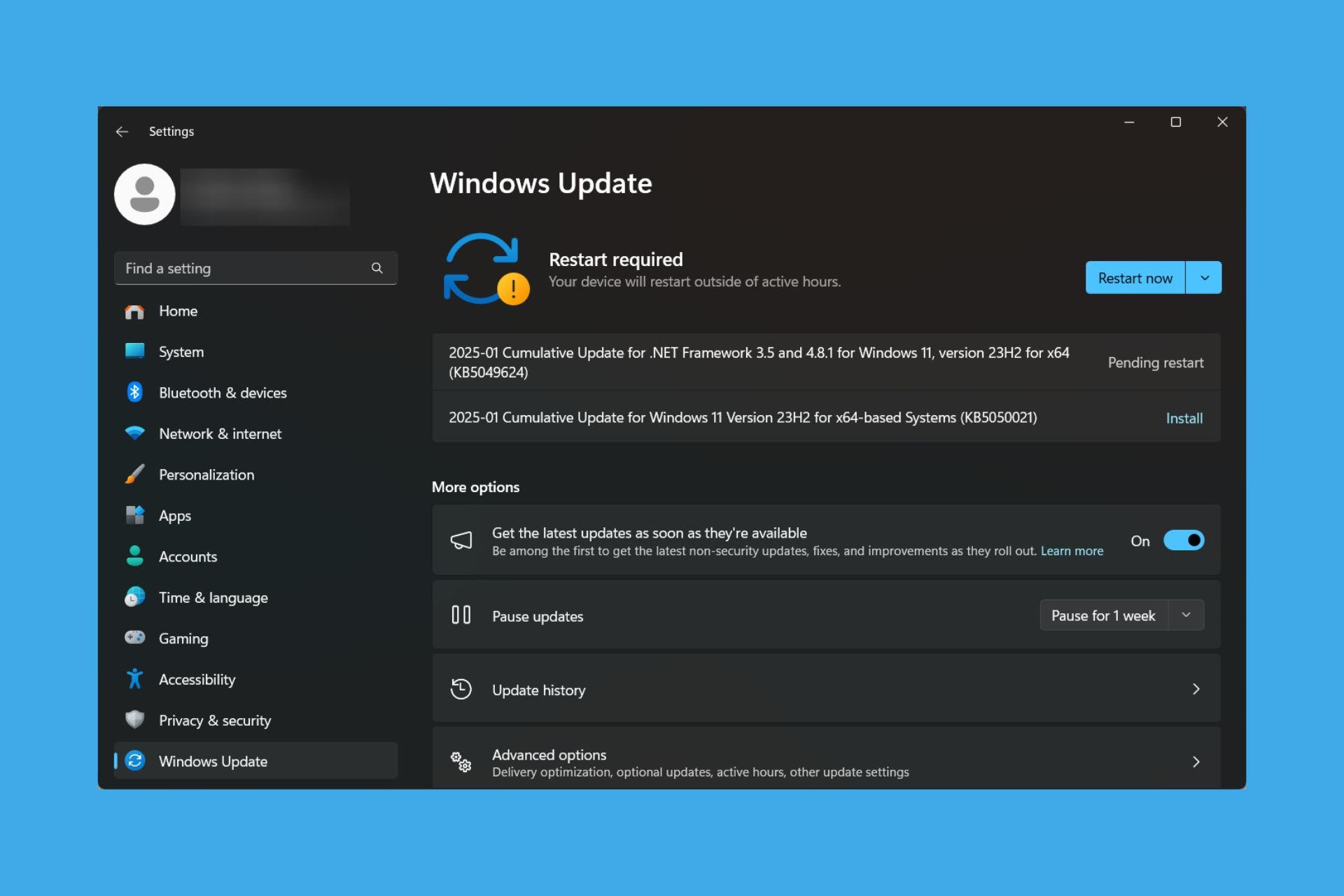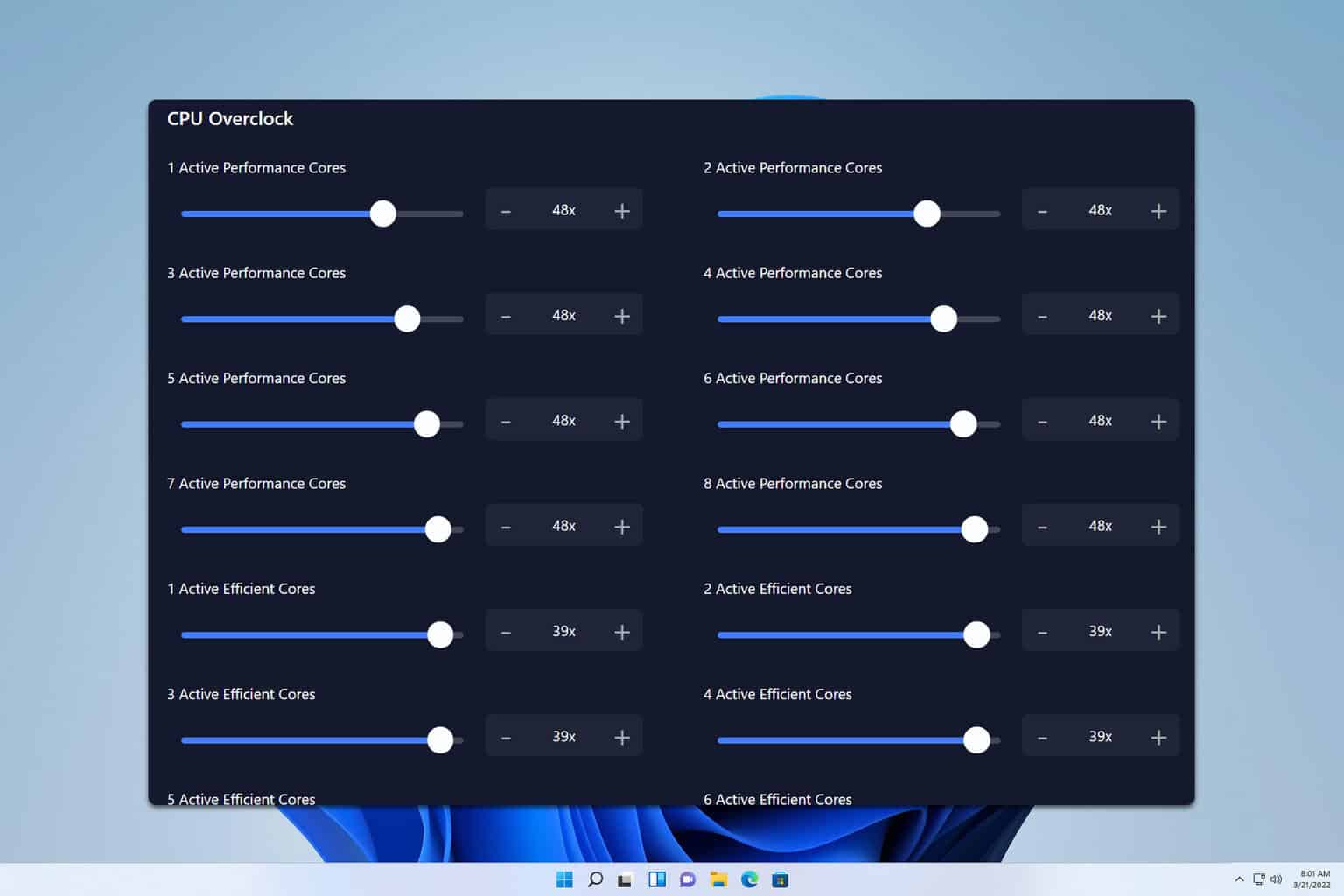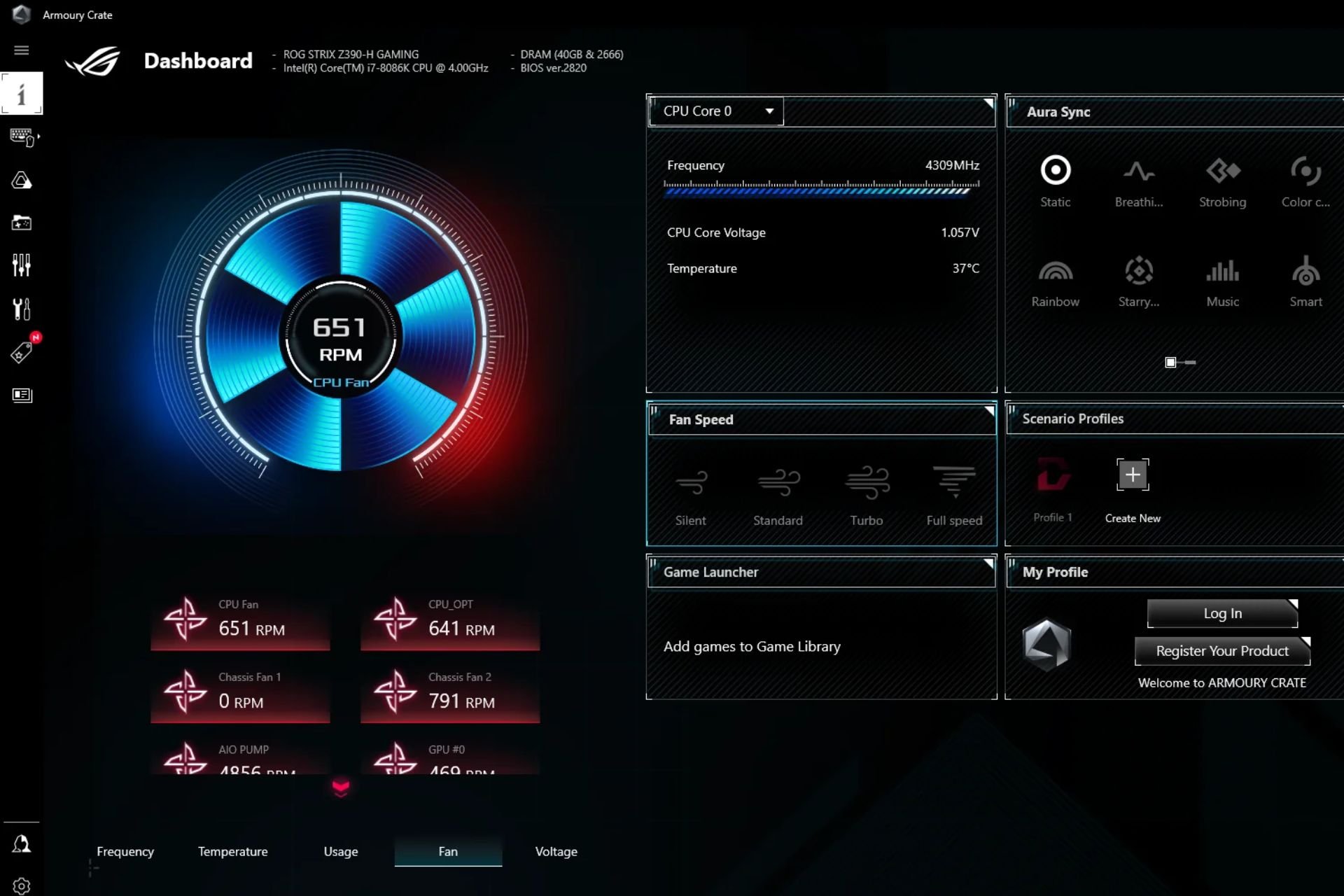The latest Patch Tuesday updates bring fixes to 115 CVEs
3 min. read
Updated on
Read our disclosure page to find out how can you help Windows Report sustain the editorial team. Read more

The third major round of updates for Microsoft Windows 10 and are here, and they are called the March Patch Tuesday Updates. As a whole, they bring improvement and fixes for several features, including:
- Microsoft Patches
- Fixes for 115 CVEs
Strangely enough, this month’s round of Patch Tuesday Updates contains no updates for Adobe Products. In February, Adobe had multiple releases, so it’s very likely security patches will be released at some point in March. We will update this article accordingly as soon as this happens.
115 CVEs were found and fixed this month
Out of the 115 total CVEs,, 26 are listed as Critical, while 88 are listed as Important, and one is listed as Moderate in severity. Additionally, none of the bugs being patched are listed as being publicly known or under active attack at the time of release.
Microsoft patches
The March security release consists of security updates that fixed 115 different CVEs for the following software:
- Microsoft Windows
- Microsoft Edge (EdgeHTML-based)
- Microsoft Edge (Chromium-based)
- ChakraCore
- Internet Explorer
- Microsoft Exchange Server
- Microsoft Office and Microsoft Office Services and Web Apps
- Azure DevOps
- Windows Defender
- Visual Studio
- Open Source Software
- Azure
- Microsoft Dynamics
Which were some of the most severe CVEs?
Some of the most important CVEs, out of which some were also exploited to a certain degree, are the following:
- Microsoft Word Remote Code Execution Vulnerability
- Dynamics Business Central Remote Code Execution Vulnerability
- LNK Remote Code Execution Vulnerability
- Remote Code Execution Vulnerability in Application Inspector
These are the most important CVEs covered by Microsoft during the March 2020 round of Patch Tuesday Updates. For the next set of updates, users will have to wait until April 14.
How do I get the latest updates?
The most common and secure method of installing the updates is via Windows 10‘s Windows Update feature.
However, if you are only interested in a specific update, then all you need to do is visit the Windows Update Catalog, and enter the specific KB number.
The download should start immediately, and you can then manually installed the updates that you desire.
Other ways you can update Windows 10 include using any of the following:
- Windows Update
- Microsoft Update
- Windows Server Update Services (WSUS)
If you have any other questions or suggestions, don’t hesitate to reach for the comments section below.
Editor’s Note: If you want to know everything there is to know on Patch Tuesday, check out this in-depth guide.
[wl_navigator]








User forum
0 messages